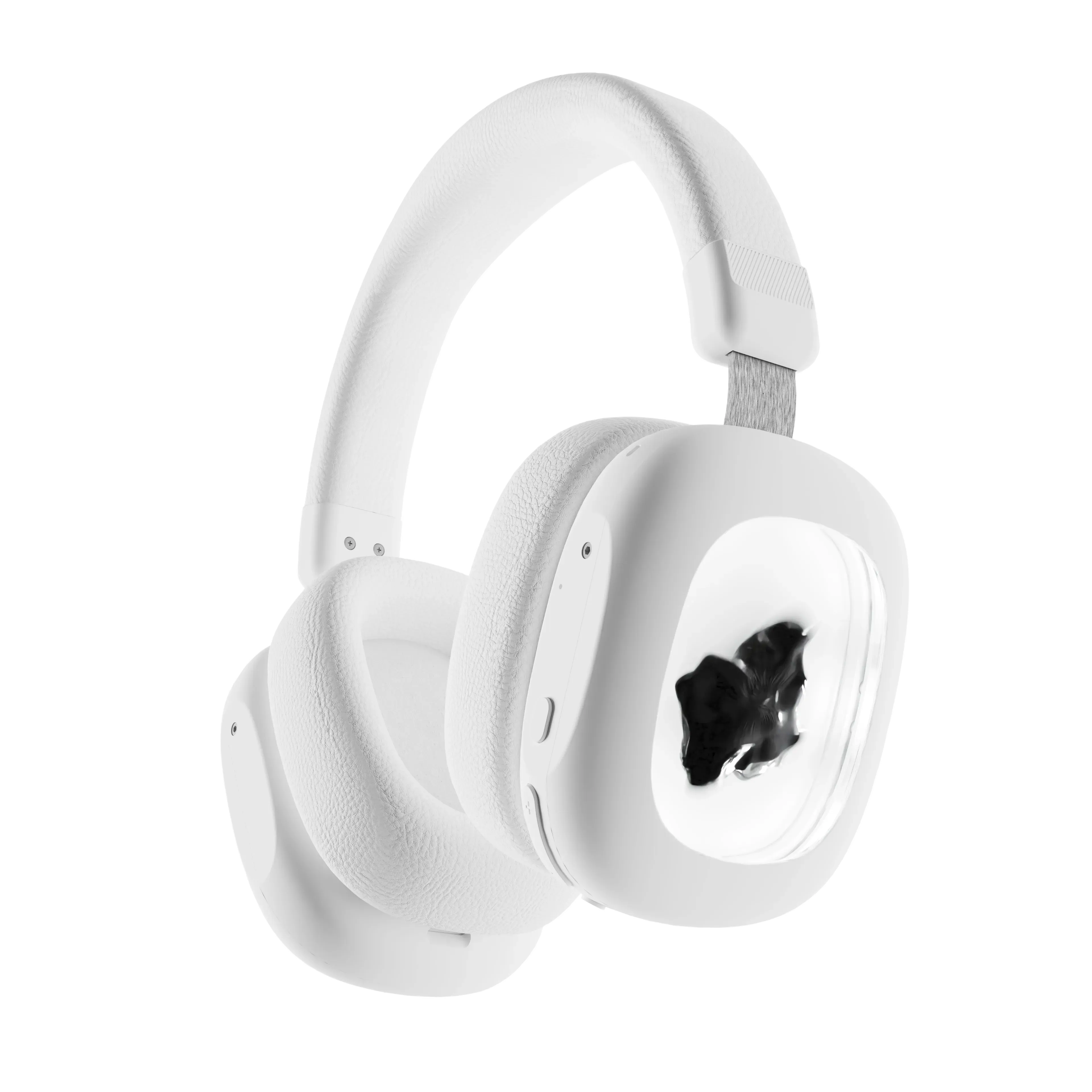The History and Applications of Ferrofluid
In today's world of technology, some materials stand out for their unique physical properties. Ferrofluid is one of them. It flows like a liquid but can take on surprising, "living" forms when a magnetic field is introduced. The birth and application of this seemingly sci-fi substance are full of fascinating stories.
The Birth of Ferrofluid: A Need from Space
Ferrofluid was not born from an artist's imagination, but from a rigorous scientific challenge: space exploration.
In the 1960s, NASA faced a problem: how to effectively control rocket fuel and pump it to the engine in a microgravity environment? Traditional pumps couldn't work reliably in zero gravity. To solve this, NASA scientists began to look for a way to "pull" the fuel with a magnetic field.
In 1963, NASA scientist Stephen Papell successfully synthesized the first ferrofluid. He suspended nano-sized magnetic particles (like iron oxide) in a carrier liquid (like water or organic solvent) and used a surfactant to prevent the particles from clumping together. When a magnetic field approached, these nanoparticles were attracted, pulling the entire liquid along with them, thus achieving the goal of controlling a liquid with magnetism.
Although it was originally developed for a space mission, ferrofluid's applications on Earth soon proved to be much broader.
Application Fields of Ferrofluid
From a space lab to the objects in our daily lives, ferrofluid has found many unexpected homes.
Audio Equipment
This is one of the most well-known applications of ferrofluid. In high-performance loudspeakers, ferrofluid is injected into the gap between the voice coil and the magnet. It serves two main purposes:
-
Heat Dissipation: The voice coil generates a lot of heat when operating. The ferrofluid quickly transfers this heat to the magnet, protecting the voice coil and extending the speaker's lifespan.
-
Damping: It effectively dampens the vibration of the voice coil, reducing distortion and making the sound clearer and purer.
Industrial and Engineering Seals
Ferrofluid is used as a liquid sealant in precision machinery that requires an ultra-high vacuum or a leak-free environment. For example:
-
Hard Disk Drives: A small drop of ferrofluid can form a perfect liquid ring in the bearing of a hard drive, sealing off the clean internal environment from external dust and contaminants. This allows hard drives to operate at high speeds without failure for years.
-
Vacuum Pumps: Ferrofluid seals effectively prevent gas leaks and are widely used in high-vacuum fields like semiconductor manufacturing and laser technology.
Medical Field
In medical research, ferrofluid shows great potential:
-
Targeted Drug Delivery: Scientists are studying the use of ferrofluid to encapsulate drugs and guide them precisely to specific sites in the body, such as tumor cells, using an external magnetic field. This can reduce damage to healthy tissue.
-
MRI Contrast Agent: Magnetic nanoparticles can be used as a contrast agent to improve the clarity of MRI images, helping doctors to diagnose diseases more accurately.
Arts and Education
Ferrofluid also shines in the fields of art and education. Because of its ability to form strange, spiky, and undulating shapes in a magnetic field, it has become a favorite for dynamic art installations and scientific demonstrations. Many YouTube and TikTok videos of ferrofluid showcase its mesmerizing dance in a magnetic field, attracting countless viewers.
Conclusion
From a liquid created for a space mission to a versatile material that powers everyday technology, the journey of ferrofluid perfectly illustrates how basic scientific research can lead to unexpected results that change the world. Its pulsating form in a magnetic field is not only a scientific marvel but also a source of inspiration for many future innovations.


Share and get 15% off!
Simply share this product on one of the following social networks and you will unlock 15% off!